“As long as Kurds read and write in Kurdish and keep reading the works of their great poet Ehmede Xani, they will not be lost.”
— Wolfgang Gunter Lerch
Ehmede Xani is considered the greatest master of classical Kurdish poetry, a sage who defended the rights of the Kurds as a community. He is seen as the intellectual father of Kurdish patriotism and the crown jewel of Kurdish literary history. The ideas that feature in his works are, moreover, far more advanced than those of his time, a feat that amazes many Western scholars and researchers.
The great Kurdish poet and philosopher Ehmede Xani is one of the most famous medieval and modern poets of the Middle East and one of the most widely read poets abroad. His work has been translated into Arabic, Armenian, French, German, Persian, Romanian, Russian, Swedish, and Turkish, and numerous books and articles have been written about him.
His epic Mem u Zin has now been translated into many languages outside of the Middle East, with a German translation being published most recently. Two separate translations have been made into English in the last decade alone. Prior to that, it had been translated into French and published by a well-known publishing house in France, a translation that attracted great interest in Europe because it is considered of such high quality. Despite the lack of systematic support and encouragement from any state or institution, Xani’s fame thus continues to spread rapidly around the world, and almost every year we witness the translation of his works into a different foreign language or the publication of books and research articles about him.
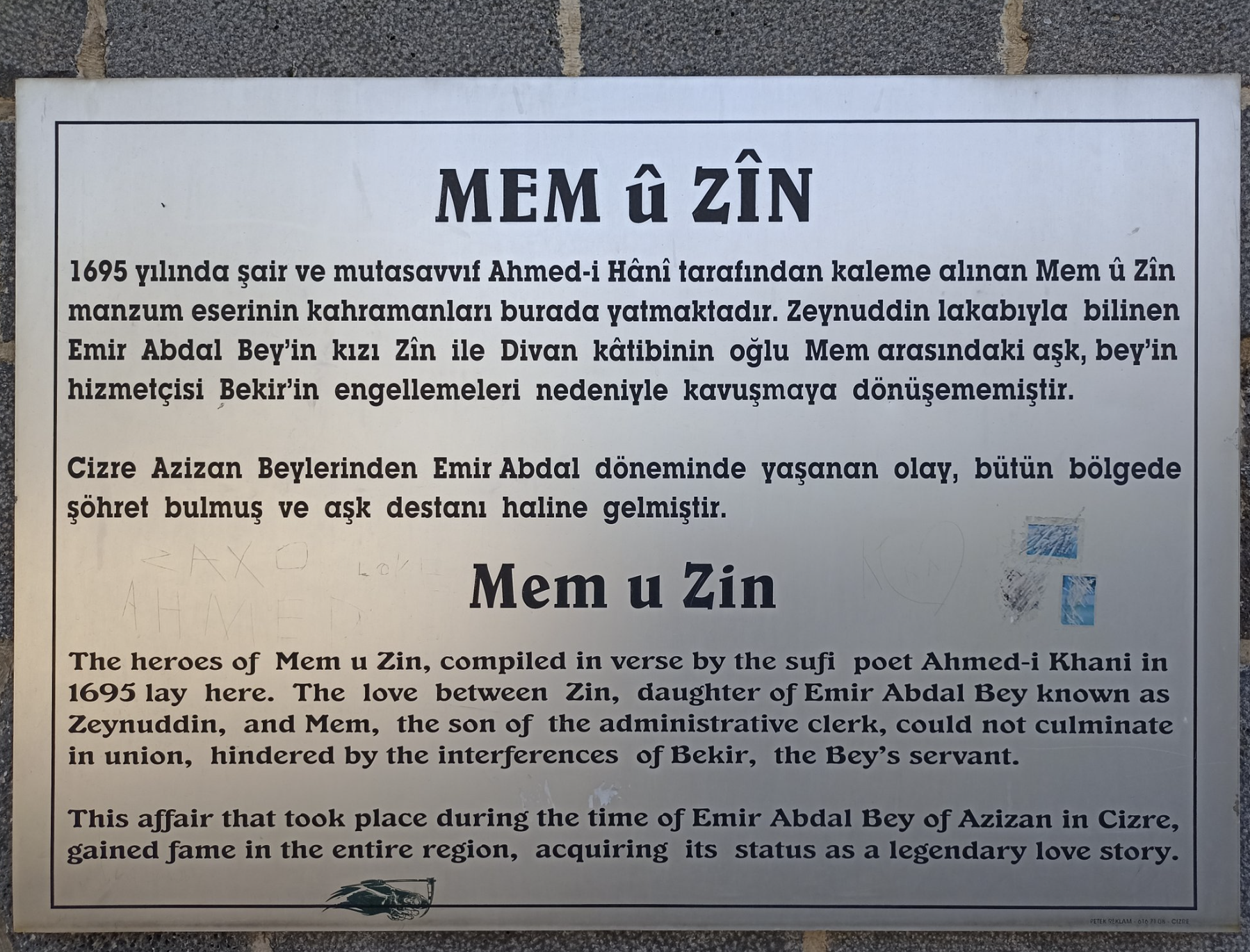
Celebrating Xani’s legacy
Dogubeyazit is a city rich in history and culture, prominently associated with Xani, where he is affectionately known as “Xani Baba.” In our efforts to honor his legacy through the Ehmede Xani Yearbook project, we drew inspiration from Xani’s literary contributions, the essence of Dogubeyazit itself, and the broader developments that shaped the city and its region. This initiative culminated in the publication of five yearbooks, known during Ottoman times as salname.
During my tenure as president of the Ehmede Xani Culture and Enlightenment Association (Xani-Der) from 2005 to 2009, we engaged in various activities including educational programs, commemorative mevlut ceremonies for Xani, participation in local festivals, organizing conferences, erecting a bust of Xani, and providing scholarships for students. Eventually, we embarked on the Ehmede Xani Yearbook project to further celebrate his influence.
In Turkiye, the concept of creating a yearbook dedicated to an individual is quite rare. To our knowledge, there are no existing examples of such practices in the country. Historically, during the Ottoman Empire, there were city-specific yearbooks for places like Diyarbakir and Erzurum; however, these did not focus on individuals. This absence of a tradition in Eastern cultures prompted us to study the practice of creating the yearbooks dedicated to figures like Goethe and Shakespeare that have emerged in Western contexts.

A symbol of Dogubeyazit’s cultural heritage
Our team of three undertook this project with a specific focus on Xani because we share a deep connection to Dogubeyazit, where we were born and raised. There, Xani is a prominent figure frequently discussed among our community members. His legacy is so significant that his name has been prominently displayed on signboards throughout the city for many years, and even a neighborhood bears his name. In our opinion, Xani is the symbol of our region; he is an influential character who positively represents and symbolizes our country for other countries.
The fascination that the residents of Dogubeyazit hold for Xani can be attributed to several factors. Historically, the number of scholars in this region was limited, making him stand out as the preeminent intellectual figure of his era. His contributions were not only significant, but also marked by a high literary quality that remains unparalleled. Although subsequent scholars emerged, none matched the depth and richness of Xani’s works, which is why he is revered as a sage, philosopher, and scientist among the local populace.
Xani’s legacy is deeply embedded in the cultural fabric of Dogubeyazit and extends into the Serhat Region and the city of Hakkari. His name resonates widely within folk literature, where numerous tales celebrate his life and teachings. Furthermore, dervish kilams – poetic verses passed down through generations – often honor him, reflecting his enduring influence on spiritual and literary traditions.
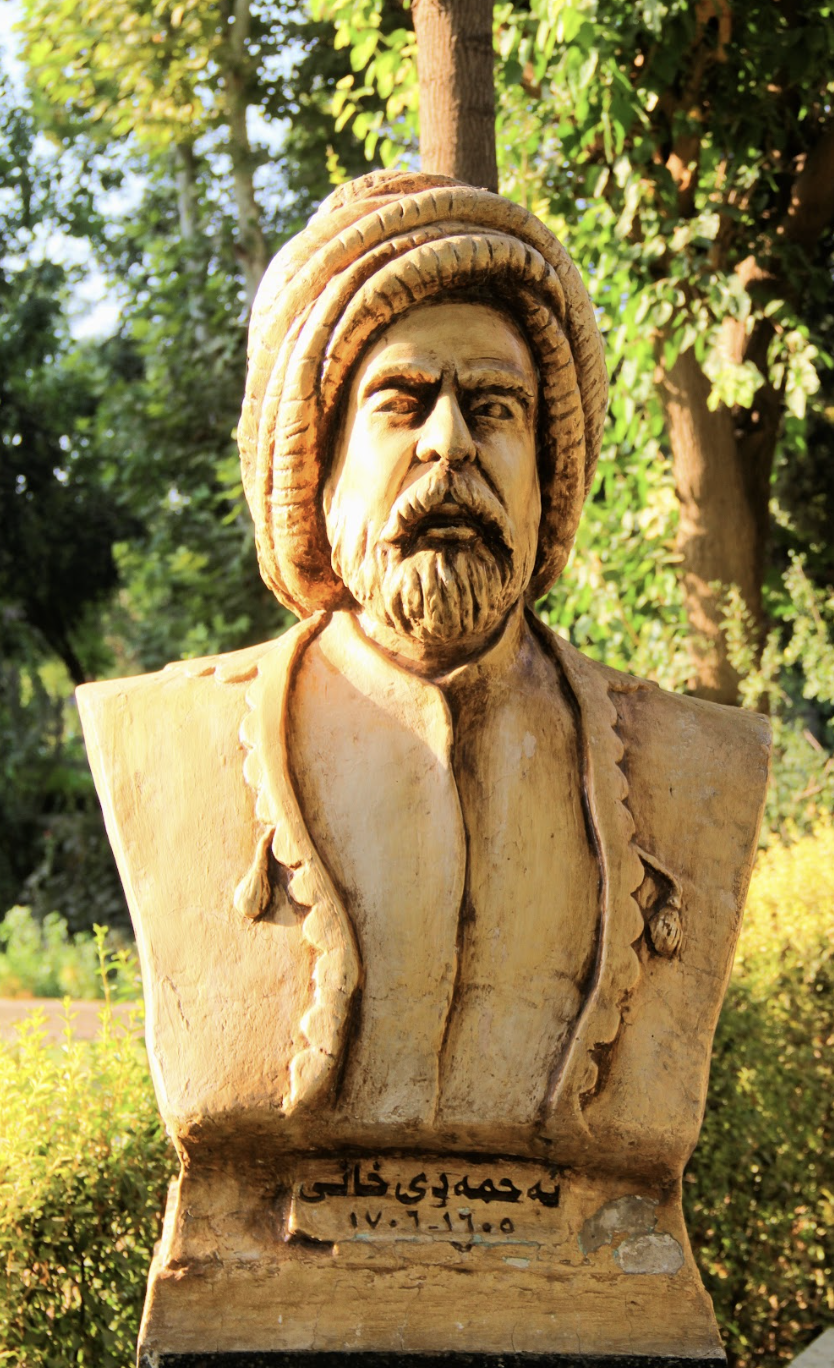
The Kurdish poet behind the national epic Mem u Zin
The selection of Ehmede Xani for this project does stem not solely from his identity as a Kurdish poet and philosopher, but rather from the significance of his work, Mem u Zin, which is recognized as a national epic. In 1856, French scholar Peter Lerc affirmed this status by declaring Mem u Zin an epic of Kurdish literature. Furthermore, Wikipedia, the largest encyclopedia globally, lists Mem u Zin alongside the Persian poet Ferdowsi’s Shahnameh and Sirat Bani Hilal, an Arab folk epic, highlighting its importance among the world’s most significant epic poems.
According to Joseph Orbeli, who led the Kurdology department at the St. Petersburg State University, Xani is recognized as one of the three eminent poets of the East, alongside Ferdowsi and Shota Rustaveli. During his visit to Dogubeyazit for the Ehmede Xani Festival in 2007, Professor Celile Celil highlighted the significance of the Xani Library, pointing out that a note found on a book in a library in Vienna indicated it had been “taken from the Xani Library.”
Beyond these noteworthy details, it is crucial to acknowledge that there exists a substantial body of articles, writings, and interviews dedicated to Xani and his literary contributions, enough material to compile an entire book. In initiating the Ehmede Xani Yearbook project, we thus gathered, over the course of a year, all relevant articles published. We made a conscious decision to include every perspective and thought expressed in these writings, irrespective of their ideological stance or underlying beliefs.
In the initial three volumes, we compiled nearly 70 research articles and papers contributed by at least 60 different authors. Alongside these contributions, we also produced a considerable amount of original content ourselves. Each member of our team focused on specific research topics, which were then included in that year’s yearbook alongside other relevant articles. The yearbook was published in both Kurdish and Turkish, and we ensured that all articles were presented in their original languages, irrespective of the language of publication.

While the first three volumes predominantly featured research from writers of Turkish descent, subsequent editions expanded to include scholarly works about Xani authored by individuals residing outside Turkey, particularly from neighboring countries. We meticulously gathered these studies into our publications. Notably, there has been a wealth of research conducted in the West since the 1850s, with numerous studies appearing in academic journals during that period. We systematically incorporated these findings into our yearbooks and reached out to the authors to express our appreciation for their work, emphasizing the importance we placed on their contributions.
Our research also encompasses a wide array of scholarly contributions, including research articles, opinion pieces, commentaries, conference proceedings, interviews, and significant news articles published in various newspapers and magazines regarding Xani from 2009 to 2013 and earlier. The compilation consists of five volumes totaling approximately 1,770 pages, with each volume featuring a selection of poems by Xani. Notably, the back cover of the 2010 edition includes Abdullah Baydar’s manuscript alongside a copy of Mem u Zin. Furthermore, the 2012 and 2013 yearbooks incorporate articles written in foreign languages that discuss Xani’s work. The publication of these books has significantly broadened our understanding and knowledge about Xani, revealing new insights that I would like to elaborate on now.
Ehmede Xani was revered as a sage by the Kurdish community and local leaders during his lifetime. For instance, the Bitlis poet Ahmed Faik translated Mem u Zin into Ottoman Turkish in 1730, just 23 years after Xani’s death. Thereafter, the influence of his name and writings began to permeate European literature around 1830. That year, Felician Martin Von Zeremba visited Dogubeyazit, where he encountered Mahmud Bayazidi and a scholar from the Zilan tribe who introduced him to Xani’s literary contributions. Subsequently, various orientalists such as Alexander Chodzko, Richard Gosche, and Otto Blau published articles that referenced Xani’s works in several journals. The collaboration between Alexander Jaba, the Russian consul in Erzurum, and Bayazidi also facilitated the dissemination of many of Xani’s writings to Russia and Europe, leading to an increase in scholarly interest and numerous publications about him across various European languages.

Scholarly focus on Ehmede Xani: Peter Lerc’s contributions
Between 1856 and 1857, significant scholarly attention was directed toward Ehmede Xani in the West, marked by the publication of various studies, articles, and writings. A notable figure during this period was a young professor named Peter Lerc, who played a crucial role in organizing manuscripts sent by Jaba for library classification. Lerc also contributed to the academic discourse surrounding Xani’s literary contributions. His inaugural article, published in 1857, focused on eight Kurdish poets, showcasing the rich literary heritage of the region. The following year, in 1858, he produced an extensive article dedicated to Mem u Zin, an effort partly inspired by a summary of Mem u Zin that Beyazidi had prepared at Jaba’s request and eventually reached Lerc. Drawing from it, he crafted a comprehensive review that elevated the significance of the epic within the literary canon.
In the 1860s, additional manuscripts were compiled in various regions, primarily by German scholars, which are housed in different libraries across Europe. Notably, the oldest manuscript – dating to 1709 – can be found in the University Library of Malburg, Germany. This is particularly significant as it follows the presumed death of Ehmede Xani in 1707. The manuscript includes a note indicating that Xani had already passed away by that time, which helps clarify the somewhat ambiguous date of his death. The year 1707 was not derived from any ancient texts but was instead inferred from a date inscribed on the back cover of another book. This note serves as an important confirmation of Xani’s death date.
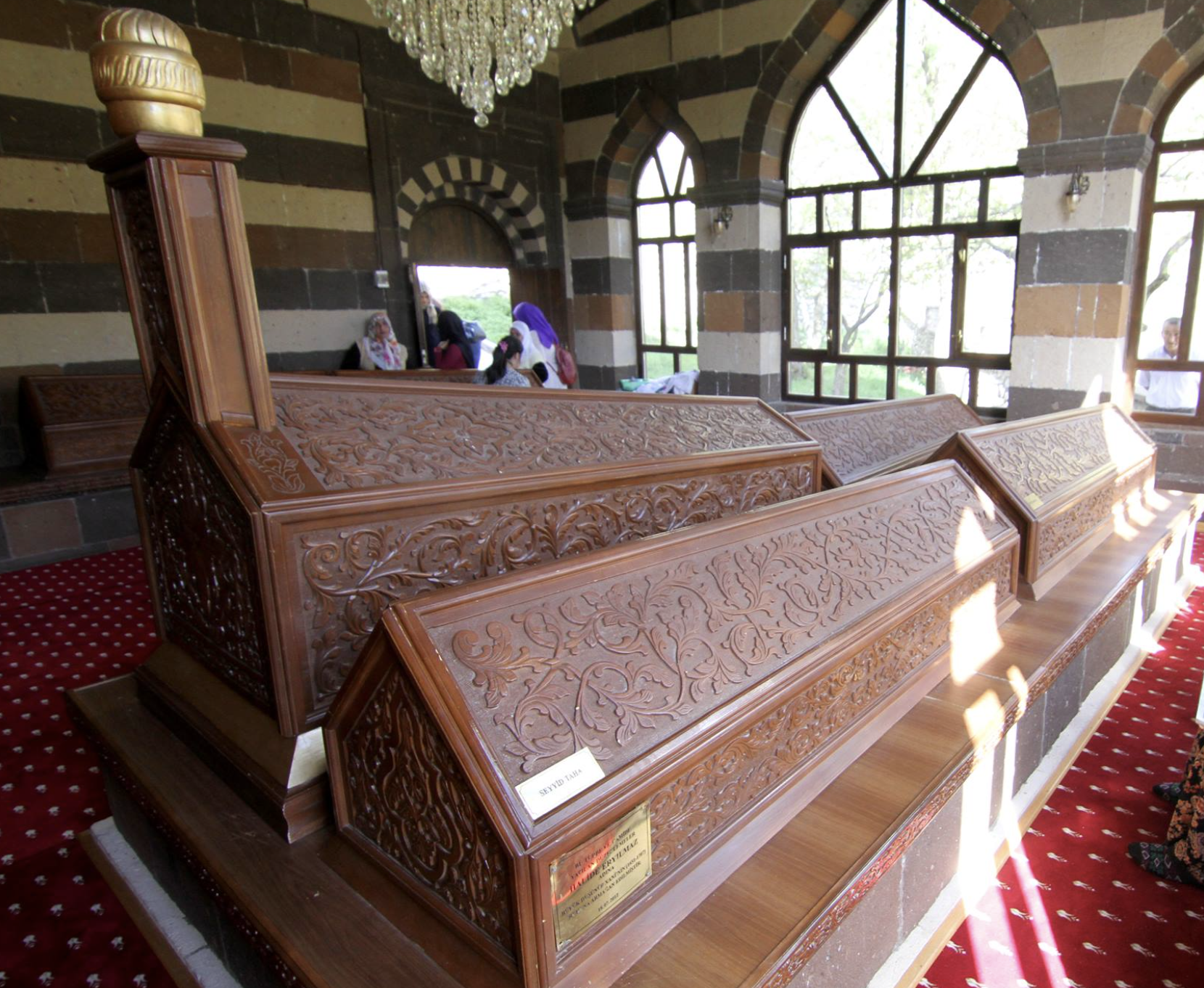
The emergence of Kurdish magazines in the early 1900s marked a significant cultural development, particularly with the involvement of the Bedirxan family and numerous Kurdish authors who engaged in research about Xani. This period saw the groundbreaking publication of Mem u Zin, which was first printed in 1919. The work gained prominence as it was incorporated into the curriculum of madrasas, reflecting its educational value. Subsequent scholarly investigations into Xani and his literary contributions flourished in various cities such as Leningrad (St. Petersburg), Damascus, and Sulaymaniyah. The academic interest expanded further in Turkiye and Iran, ultimately leading to a renaissance of research that reached maturity and sophistication by the 1990s.
In 1992, researcher and writer Mehmed Emin Bozarslan made a significant appeal to UNESCO and various institutions to designate 1995 as the year of Mem u Zin, coinciding with the 300th anniversary of the epic’s composition. This initiative sparked considerable enthusiasm and mobilization, particularly within Kurdish communities. As part of these efforts, Bozarslan produced new translations of the epic and delivered lectures on Xani and his work across eleven venues in Germany and Switzerland. These presentations were complemented by additional conferences – two in Germany and one in Sweden – featuring numerous experts in the field. Furthermore, cultural and literary publications like Armanc, Pirs, Lekolin, and Gzing dedicated special issues to Xani, showcasing a wealth of scholarly articles. Consequently, these endeavors led to the publication of numerous research books about Xani, translations of Mem u Zin into various languages, and new editions of nearly all his literary works.
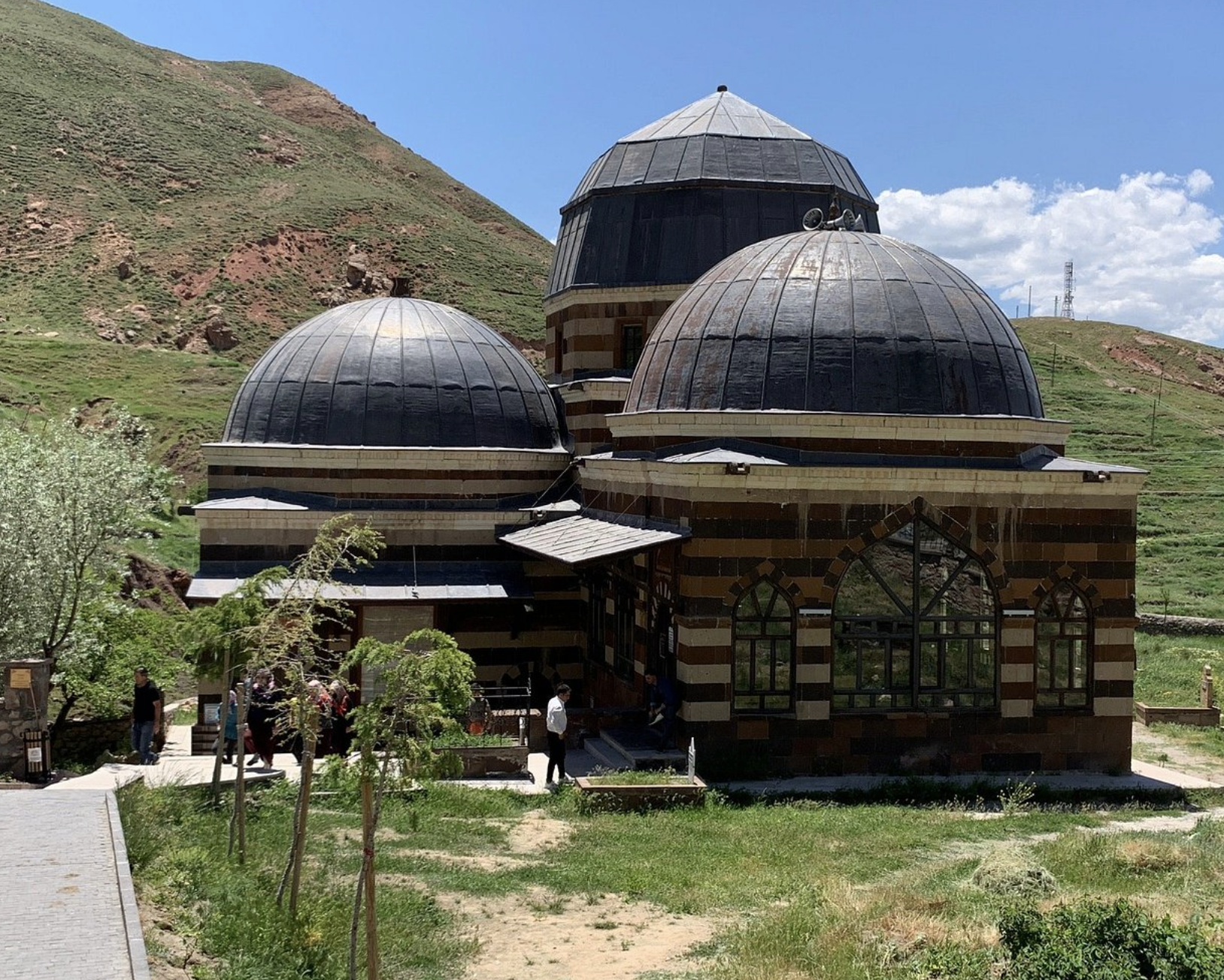
In the 2000s, the legacy of Xani gained significant recognition across numerous countries, particularly in Europe. This period saw a surge of events and publications dedicated to his work, especially within Turkiye and the Kurdistan Region of Iraq. Numerous publishing houses undertook the task of reprinting all of Xani’s works, leading to an increased presence of his name in various media outlets, including magazines, newspapers, and television programs. Now, we encounter articles, news stories, or events related to Xani almost monthly. A notable advancement during these years was the efforts of researchers who unearthed Xani’s divan by locating poems preserved in archives in St. Petersburg and gathering them from diverse sources.
Xani has also been honored through a variety of events in his native Dogubeyazit since his passing. This area is home to Xani’s tomb, which has served as a pilgrimage site for centuries, particularly for the local populace. The verses inscribed on the stones of the madrasa he established during his lifetime remain intact to this day. This educational institution, which utilized Kurdish as its medium of instruction, laid the groundwork for future scholars such as Ismaile Bazidi, Miradxane Bazidi, and Mahmud Bayazidi, all followers of Xani. The initiative to preserve Xani’s legacy and works in Dogubeyazit began with the establishment of the Ehmede Xani Association in 1978. Between 1989 and 1994, significant restoration efforts were undertaken by Mahmut Kotan, then Mayor of Dogubeyazit, along with his council, to renovate Xani’s tomb and its surroundings.
During my tenure as president of the association and while working on the Ehmede Xani Yearbook project from 2005 to 2015, I often contemplated a thought-provoking scenario: what if Ehmede Xani had been German or French? One can only imagine the multitude of streets and avenues that would bear his name across various cities in those countries. Numerous educational institutions, including schools, universities, and research institutes, would likely be established in his honor. Significant funding would be allocated to explore the philosophical, linguistic, and sociocultural dimensions of Mem u Zin. Statues commemorating him would undoubtedly grace public squares in countless urban centers.
Regrettably, because Xani was Kurdish, such recognition has not materialized. The scarcity of scholarly studies on his contributions is disheartening; it suggests a lack of appreciation for a poet and philosopher of his caliber within our culture. This reality is difficult to accept but must be acknowledged.
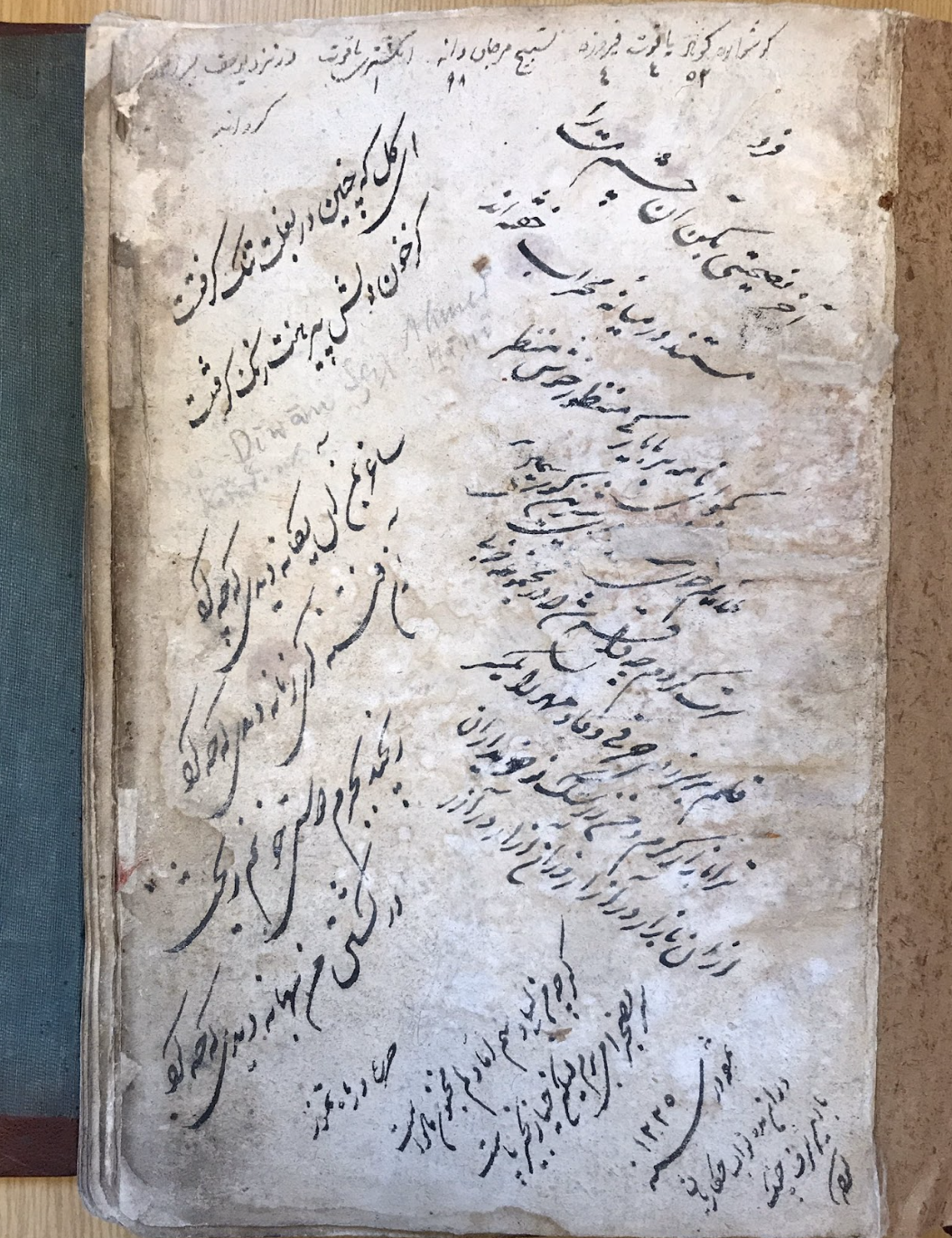
Reviving the spirit of Ehmede Xani
Our collective endeavors aim to ensure that the Kurdish nation embraces Mem u Zin as a fundamental literary source. The revival of Xani’s spirit and works is more crucial now than ever. Texts like Mem u Zin hold significant importance not only for the Kurdish people, but also for global audiences. Unfortunately, this masterpiece has yet to fulfill its potential in shaping thought within Kurdish society. Xani envisioned his work as a transformative force, akin to sacred texts that have historically influenced societies. He believed that literature possesses the power to rejuvenate a nation, enabling it to rise and sustain itself. Had Mem u Zin been embraced from its inception – interpreted widely, reproduced extensively, and discussed fervently – Kurdish society might have evolved differently. For over three centuries, the Kurds have needed awakening, yet their engagement with Mem u Zin came far too late.
Ehmede Xani represents a profound spiritual heritage that we hold dear. It is essential to recognize that his ideas serve as a potent catalyst, guiding us toward new horizons. Every Kurd should have a copy of Mem u Zin in their household, as it embodies our cultural essence. Xani is not merely an author; he is a treasure trove of wisdom and insight. To truly appreciate this wealth, we must engage in contemporary studies that explore his work more deeply. Now, more than ever, it is vital to amplify Xani’s voice and ensure his messages resonate within our communities. As he poignantly reflects in one of his poems: “Xani’s nature is full of the gem of wisdom, but what can the owner of meaning do if there is no reader of the text?” This underscores the importance of readership and engagement with his literary contributions.
Nihat Gültekin is a writer and PEN Kurd member. He led the Ehmedê Xanî Association for five years and currently serves on the İsmail Beşikçi Foundation board in Istanbul.